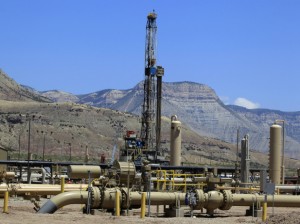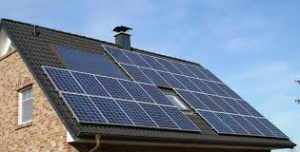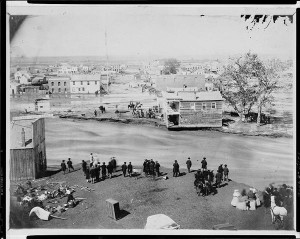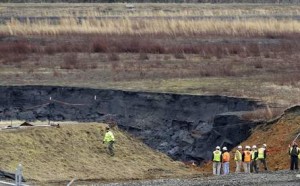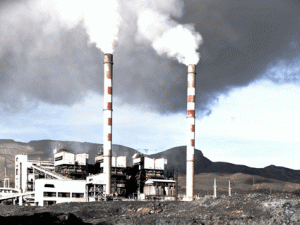Three Unjustified Political Causes
There are three causes, fracking, GMO’s, and the XL pipeline that to me are spurious. There is a lot of hysteria around the issues with little critical examination taking place. People seem to be taken in by bad science, bad reporting, and demagoguery.
Fracking is an old technology that expanded when horizontal drilling along with fracking opened up huge amounts of territory to oil and gas extraction. The oil and gas was there all along, geologists knew about it, but it was trapped in what the industry calls tight strata, mostly shale.
Traditionally, oil and gas has come from fairly porous rock that allows the oil and gas to migrate to the wells. Tight strata is not porous, and the oil and gas tends to stay in place. hydraulic fracturing breaks the rock, allowing the oil and gas to move to the well. Fracking is not new technology. It was being used around my home town in the 1950’s. The big change came with horizontal drilling, hugely expanding the amount of rock that can be fractured from one drill hole.
If there is impervious rock above the area being fractured, the only route for the oil and gas to escape is up the drill hole. Done right, the oil and gas go into a pipeline or a tank with no surface contamination. The problem is that it is often not done right.
It’s been clear for a long time, reinforced by the big BP spill in the gulf, that drilling so often not done right. Oil companies are infamous for lying, cheating, and stealing. They get away with it in part because nobody knows what they are doing. Meters are bypassed, mineral rights owners, including the Government, are underpaid, horizontal wells go outside their boundaries, and proper drilling methods are bypassed.
The big BP spill in the gulf happened because a defective blowout preventer was put in service. No one is going to know, right? It is a mile under water. We all know and BP is going to owe billions.
The problems we are seeing with fracking, groundwater contamination, flaming water faucets, polluted water dumped into streams, all come from cheating. With fracking, drillers cheat by not properly lining the drill holes. The correct method is to pump concrete between the side of the hole and the smaller steel casing that carries the oil and gas to the surface. It requires high pressure pumps and a lot of concrete. Done right, it works just fine. But, it is a long way down that hole and you cannot stand beside the wellhead and tell what was done. What can be done is to sample ground water and air. If there is contamination, it was not done right. Incidentally, our old friend Halliburton is the big oil well service company that does much of the well lining.
Until alternate energy is much bigger than it now is, we need oil and gas, and domestic production is preferable to foreign imports. Otherwise, turn off your air conditioning, junk the furnace, and sell the car. So, let’s regulate. We need monitoring for contaminants and on-site inspectors. All that is done in construction, but the oil and gas industry has avoided most oversight.
Fear is the reason for the opposition to fracking. People don’t understand the technology, big oil rigs along subdivisions and water trucks on the highway are imposing. They see news reports that show flaming faucets
without explaining the cause other than blaming fracking. Flaming railroad oil train wrecks. Pipeline leaks in California. The oil and gas industry has a public relations problem.
The biggest fracking failure was 45 years ago in Western Colorado. The government detonated a 40 kiloton nuclear bomb down a drill hole near Parachute, Colorado. Lots of natural gas was liberated, but it is radioactive. People just will not accept radioactive gas coming into their homes. I think this long ago event is what started fracking fear.
Unless you get around on horseback or bicycle, stay off the power grid and light, heat, and cool your house with renewable energy, you need oil and gas. With regulation, it can be safe. We can then put more time and energy into developing clean energy.
Parts two and three will examine GMO food and the XL Pipeline. Stay tuned.
